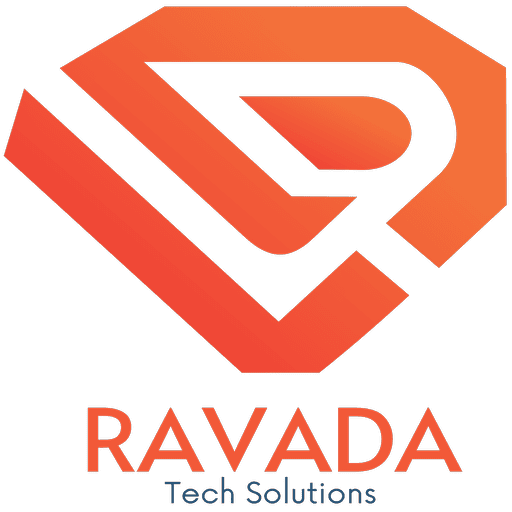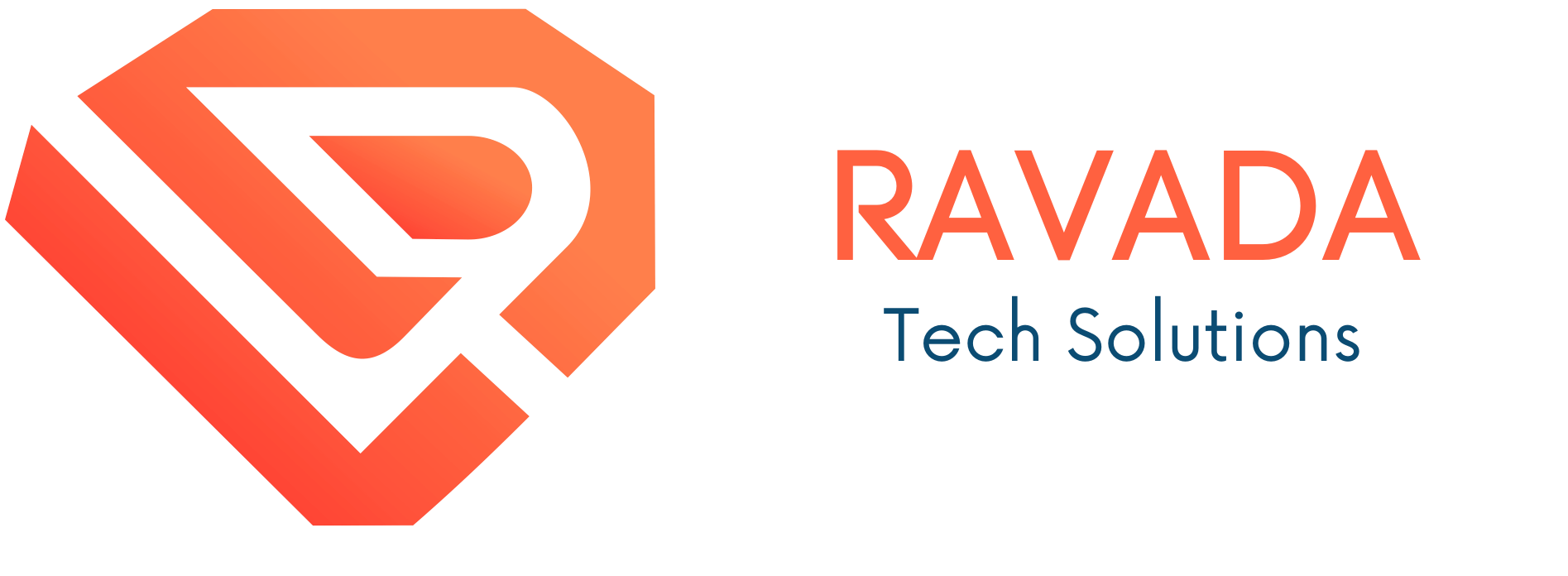- Home 4 main
- Case Studies
- Development and integration of an automated test framework for a Web Application
Cart (0 items)
Duis consequat libero ac tincidunt consectetur. Curabitur a magna sit amet orci mollis vehicula. Morbi at enim a ex mollis sodales ut eu elit. Quisque egestas.
Address Business
2220 Plymouth Rd #302
Hopkins, Minnesota(MN), 55305
Contact with us
Call Consulting: (234) 109-6666
Call Cooperate: 234) 244-8888
Working time
Mon - Sat: 8.00am - 18.00pm
Holiday : Closed

